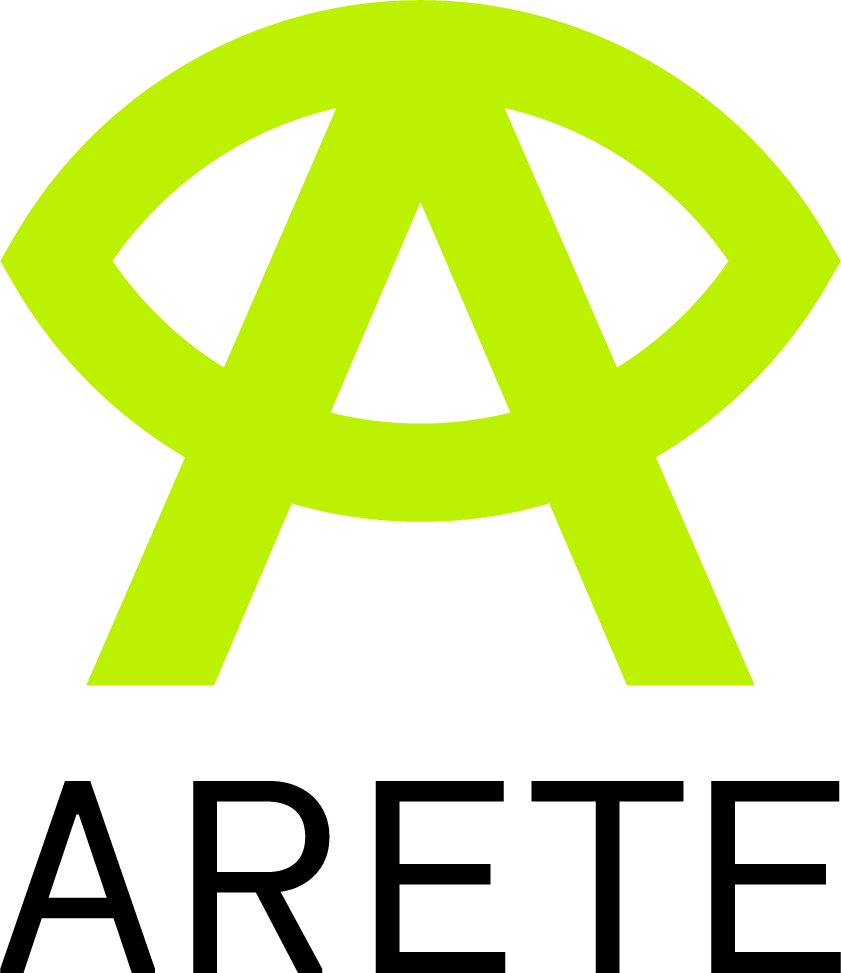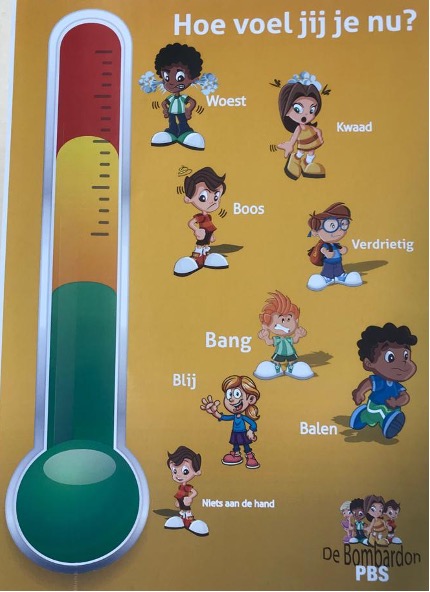An architecture for web-based multi-user collaborative AR-based application for education
Augmented Reality applications for education can greatly improve the students' understanding of difficult concepts as well as their engagement, but their usage in the classroom is sometimes limited because these applications are not nicely integrated with the teachers' lesson plans or with other software used at school to track the students' progress.
For this reason, we asked 47 teachers from the Basque School Association (Ikastolen Elkartea: https://ikastola.eus/) about their previous experiences with AR applications, the availability of AR devices in their schools and their expectations and preferences when using AR applications.
The survey highlights that even though most of the teachers have never used AR applications, they would like to include their usage at school, provided that they are easy to set-up and they provide enough content. Furthermore, the teachers considered it very important to have AR apps which are accessible between different devices, that foster the interaction between students (and between teacher and students) and that are able to gather data of how the application has been used.
Based on the answer from the teachers, we defined a list of objectives for a system that enables teachers to include AR in their curricula. First of all, such a system suhould guarantee interoperability, both at the hardware (it should run on different devices such as HMD, tablet, laptops and smartphones) and software (it should work using web standards like WebXR but also with other frameworks like Unity or any native libraries for iOS and Android) level.
The system should provide real-time multi-user and collaboration capabilities, that is users should be able not only to communicate (via voice or chat messages), but the architecture should also provide mechanisms for exchanging data of any kind. The system should provide means for storing data such as a list of user profiles, the students' progress over time and logging data. Finally, the system should provide an ecosystem which simplifies the creation of new content, and be extensible enough to let teachers integrate it with other software used at school, or to add AI-based modules for data analytics.
A tentative architecture that fulfills the objective described above is currently being finalized within the ARETE project and it is base on four pillars:
- A multi-user collaborative library: a client-server implementation of an interoperable library that allows exchanging data between end-users or in a broadcast manner. Data can be the 3d models used in the app (as well as their properties like position, rotation, texture, scale etc.) but also user input, menu interactions or other.
- Logging and data storage: a set of variables that are collected and stored for later usage, as they will be relevant for data analysis and to help the teachers understand how the students are using the application, which concepts are harder to understand and how they used the application to collaborate with their peers
- AI-based analytics: Using the data exchanged and collected through the app, this module will define the machine learning models that will provide recommendations (suggested reading, quiz levels or other) as well as detecting outliers or making predictions on the usage of the AR applications
- Visual Analytics reporting: The teachers will be able to have access to a web application providing tables, figures and summarties of all the data collected and the created through data analysis, to quickly recap and track the progress of each student
Once completed, the architecture will not be tied to any specific AR application, but it could be included in any applications that want to provide the features described above. Once completed, the architecture will be validated with a demo application and then provided to the teachers and developers, together with a User Manual and documentation, so that they can start creating their own AR applications.



